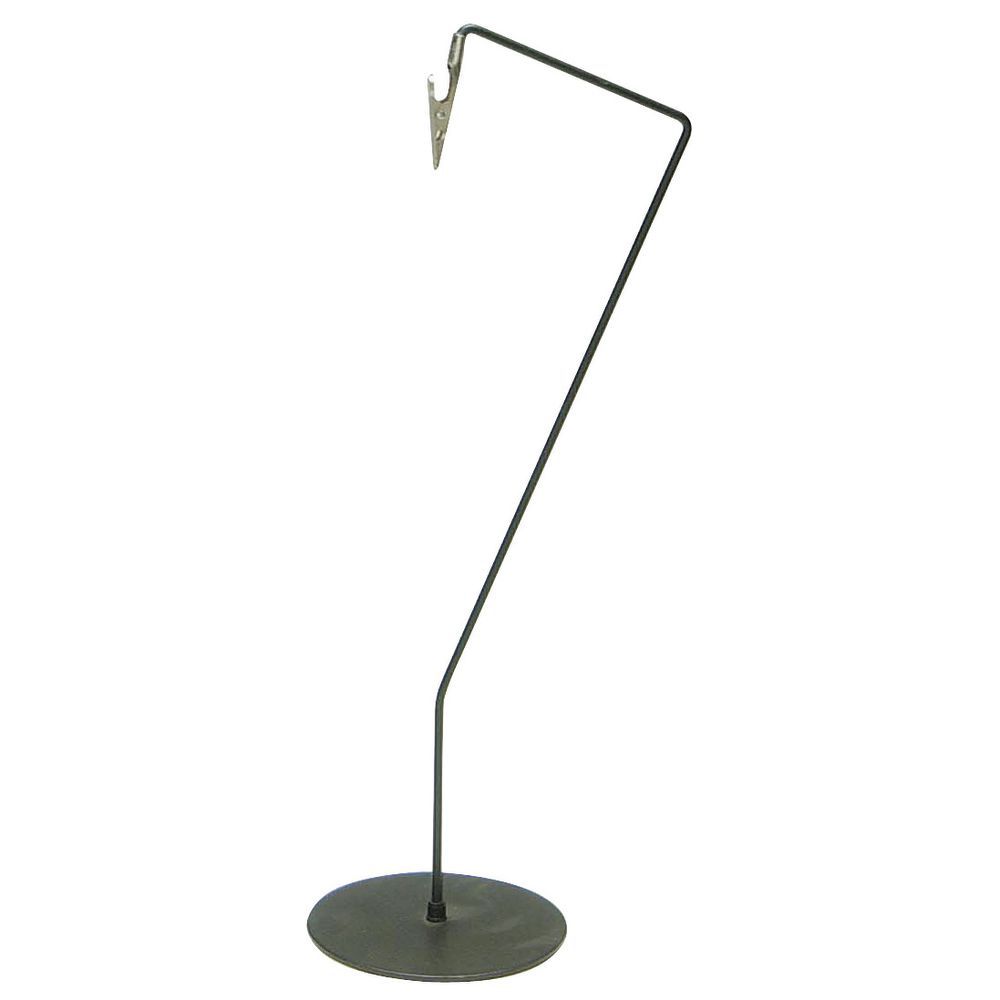

Many basic kits have too few components and with too little variety. The first has to do with the kit’s capabilities.
Hold cover desk zip#
Many height-adjustable desk manufacturers have come up with their own cable organizer kits, which range from a handful of adhesive clips and zip ties to more robust systems with a wide assortment of tools, including surge protectors, cable sleeves and cable troughs that attach to the underside of the desk.Ĭommonly offered cable management kits differ in componentry and complexity, but most of them run into some of the same pitfalls. So Where Do You Start with Standing Desk Cable Management?Ĭable management systems are designed to tame this unseemly spaghetti of cords, and provide a better-looking and better-protected workstation. A natural consequence of working at a standing desk is less space to hide your cables and many standing desks, unfortunately, end up looking like they’re standing on a jumble of wires.
Hold cover desk driver#
While safety is certainly more important, cosmetic reasons are the primary driver for most users searching for a cable management kit. Cable Management Kits for Standing Desksīending over too much is a recipe for back injuries, so the more time you spend bent over, trying to figure out what’s what among your messy cables, the more risk you’re introducing.Custom Branding Options for Standing Mats.Best Standalone Under-Desk Treadmill Bases.

Hold cover desk install#
To install and effectively hide TV wires, measure the span of wall between the base of the screen and the floor-that’s the length of cord cover you need, and you can often cut to fit. Plastic tracks like these mount directly to the wall on top of wires. If the cords dangling from your wall-mounted TV are distracting you from what’s on screen, conceal them with cord covers like the D-Line Cable Raceway, a favorite in our researched guide to the best cable management.
Hold cover desk how to#
You can recreate the stand from scratch with reclaimed wood: Follow the blogger’s detailed instructions for how to use a table saw to create a recessed groove in the back leg, then run the cords for your TV and other entertainment essentials down the groove in the leg to keep them out of sight.

This one designed by Heidi from Kruse’s Workshop (and featured on Tatertots & Jello) keeps cables contained in a notch that runs down the middle leg at the back of the unit. If you’re feeling a bit craftier, you can hide a tangle of cables behind a stand-mounted TV by incorporating built-in cord storage into the design of your DIY TV stand. (These hooks help hide charging cords and cables at your desk really well, too!) Like most of the line of renter-friendly solutions from 3M, you’ll need to press the clips in place for 30 seconds and, an hour later, you can hook in one or more cords and have them run neatly down the legs of your console. To do so, adhere clear cord clips like these Command Cord Clips along the back edges of your furniture. Dangling cords disappear quickly when you anchor them to the silhouette of the nearest furniture.


 0 kommentar(er)
0 kommentar(er)
